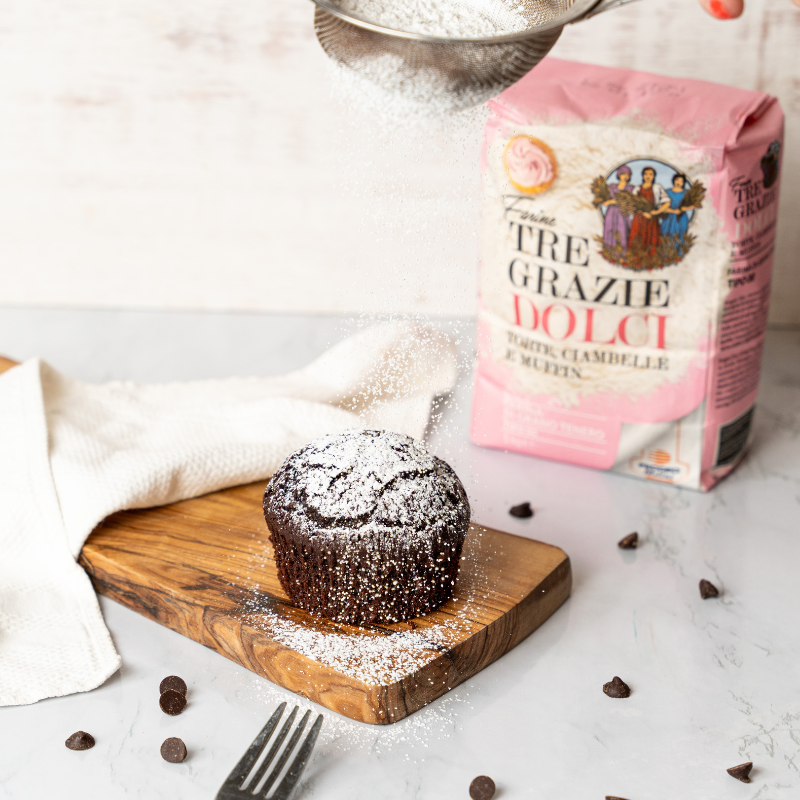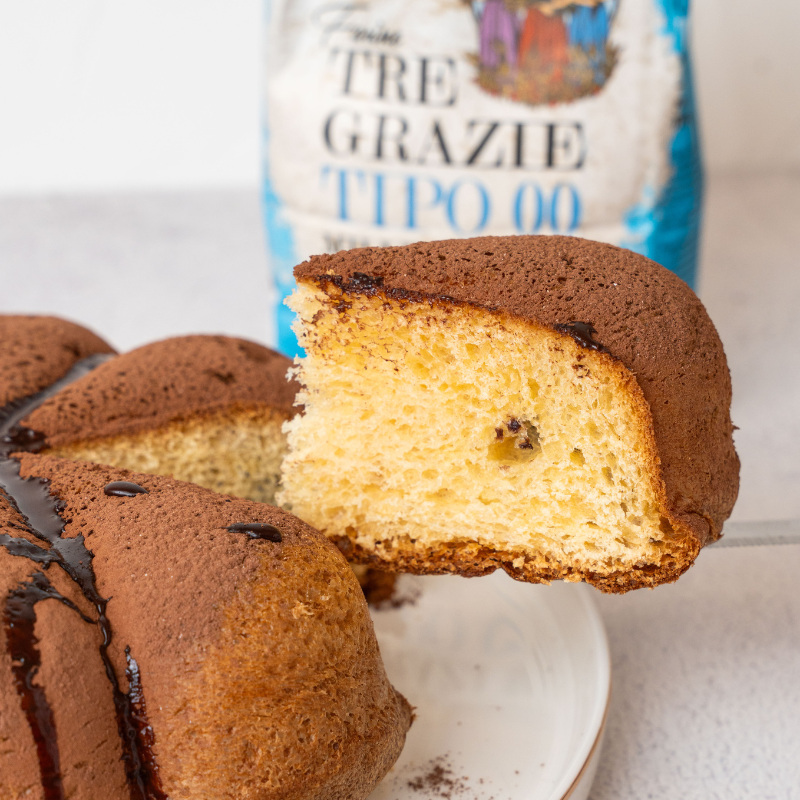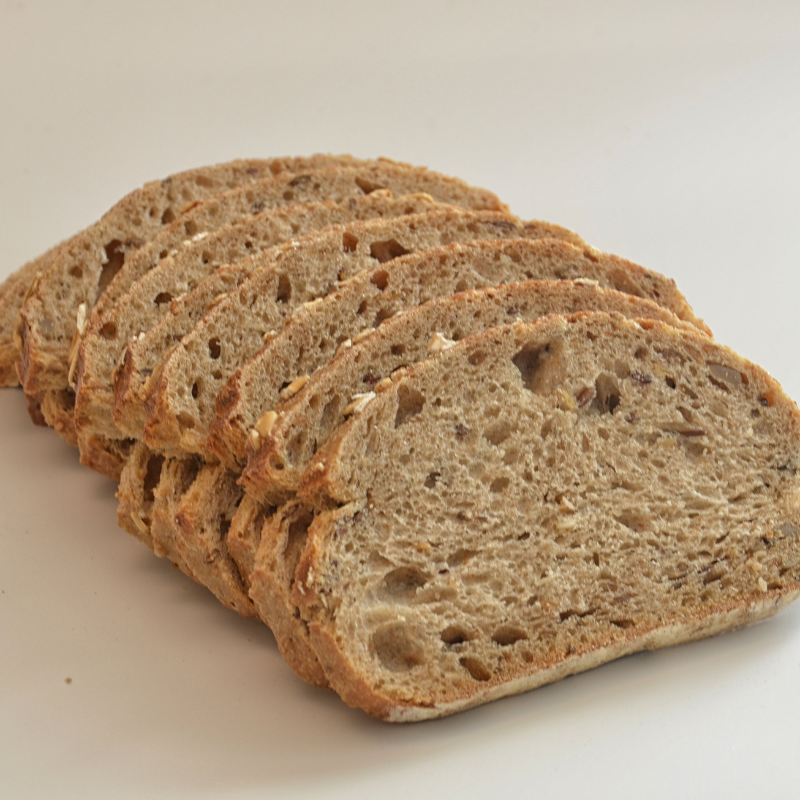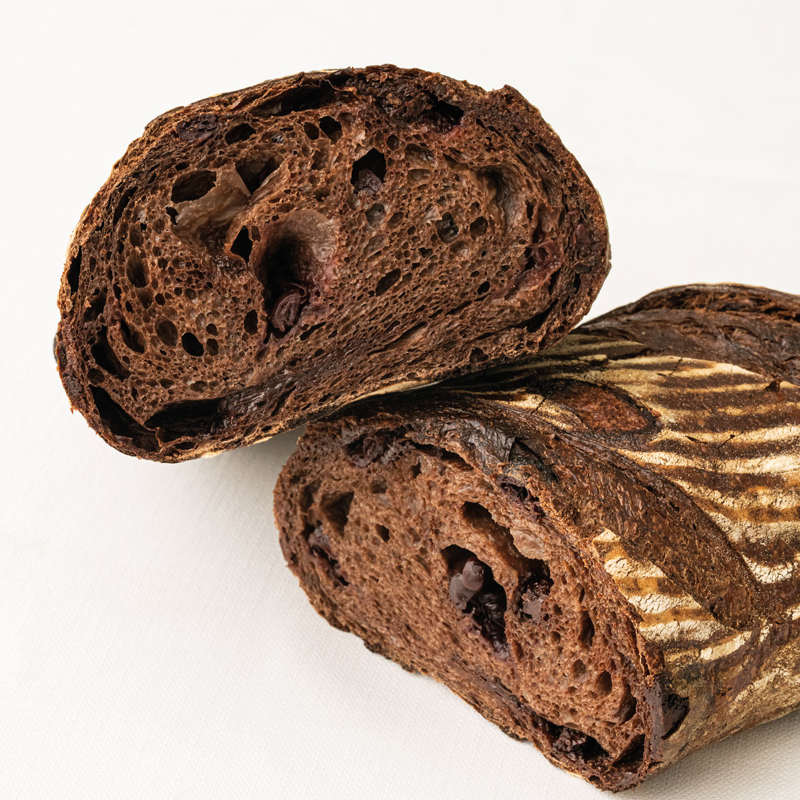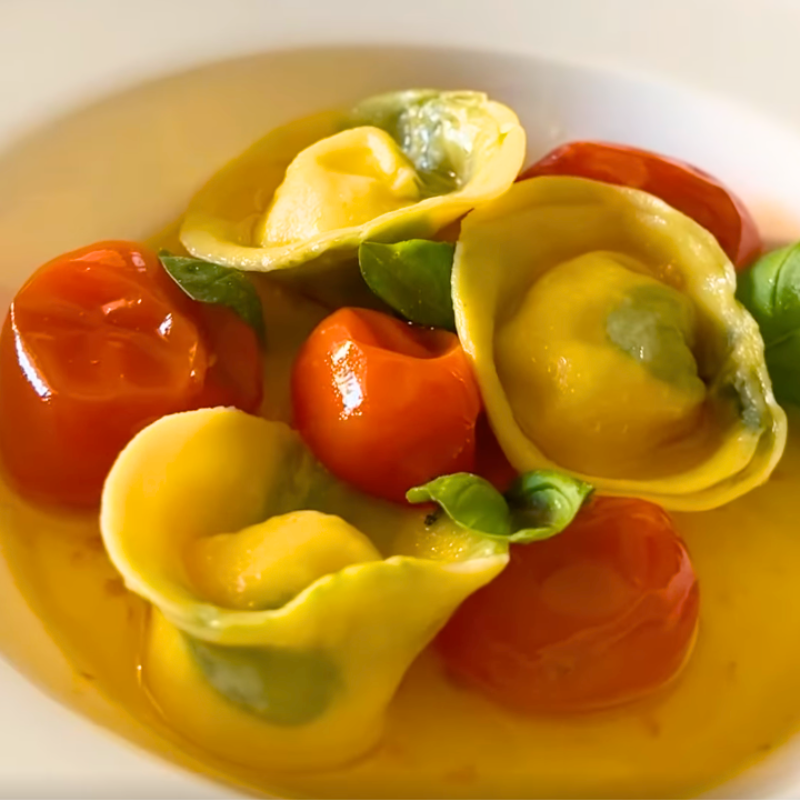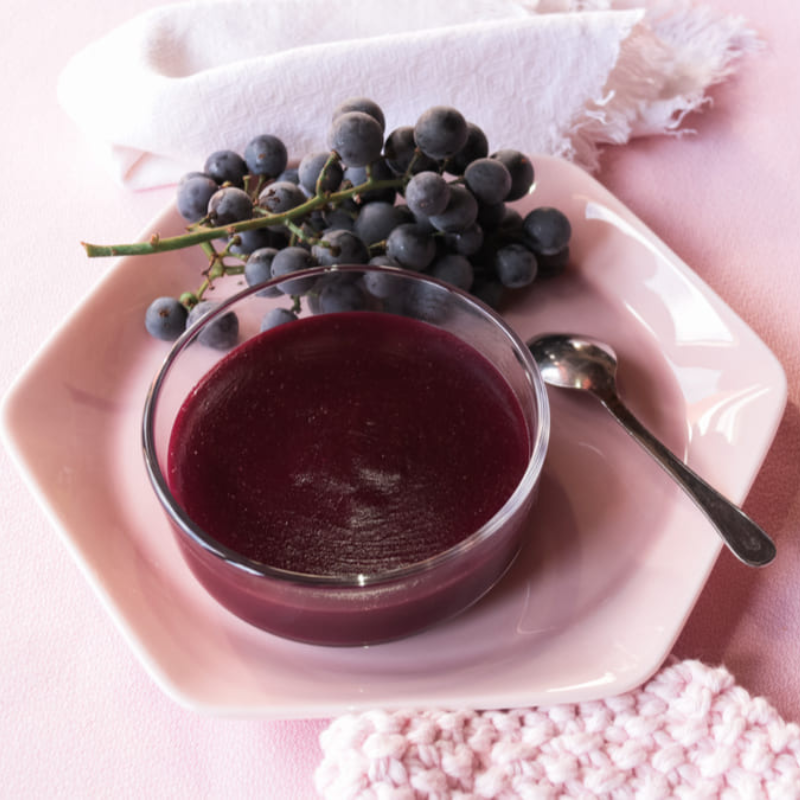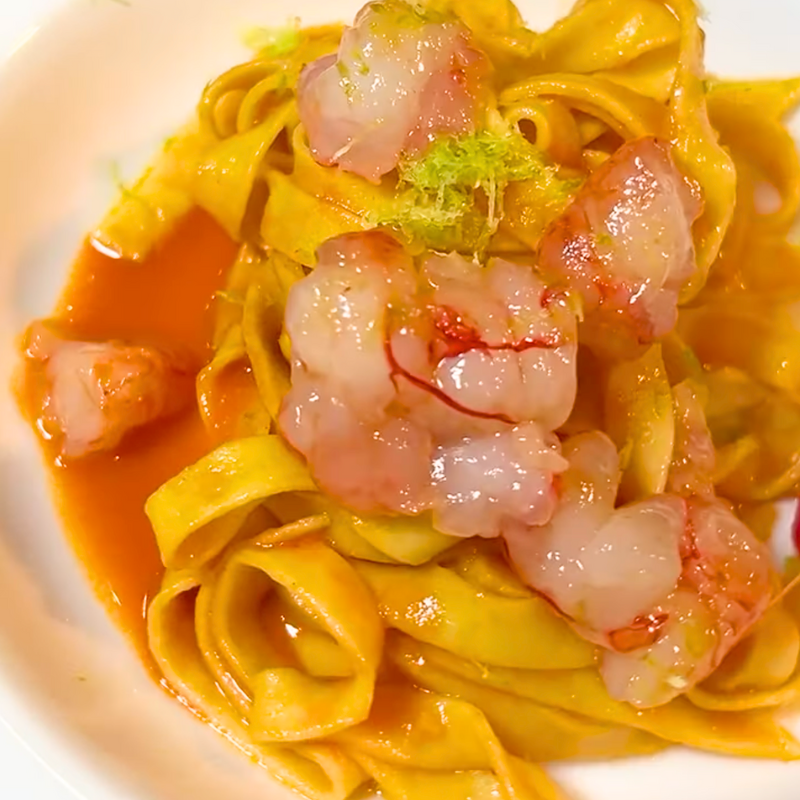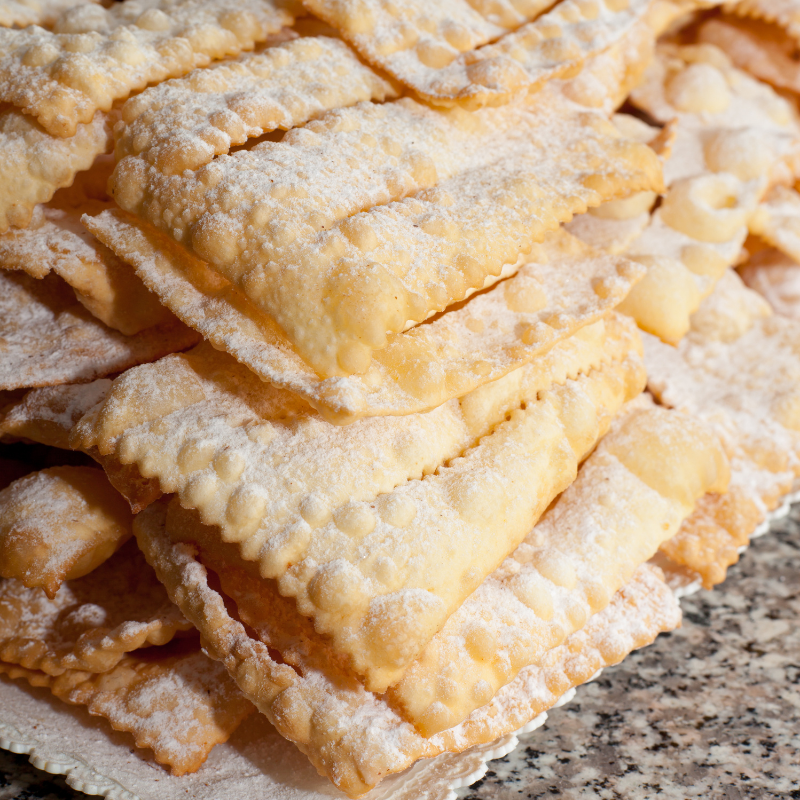Farine
Tre Grazie
Our flours for domestic use
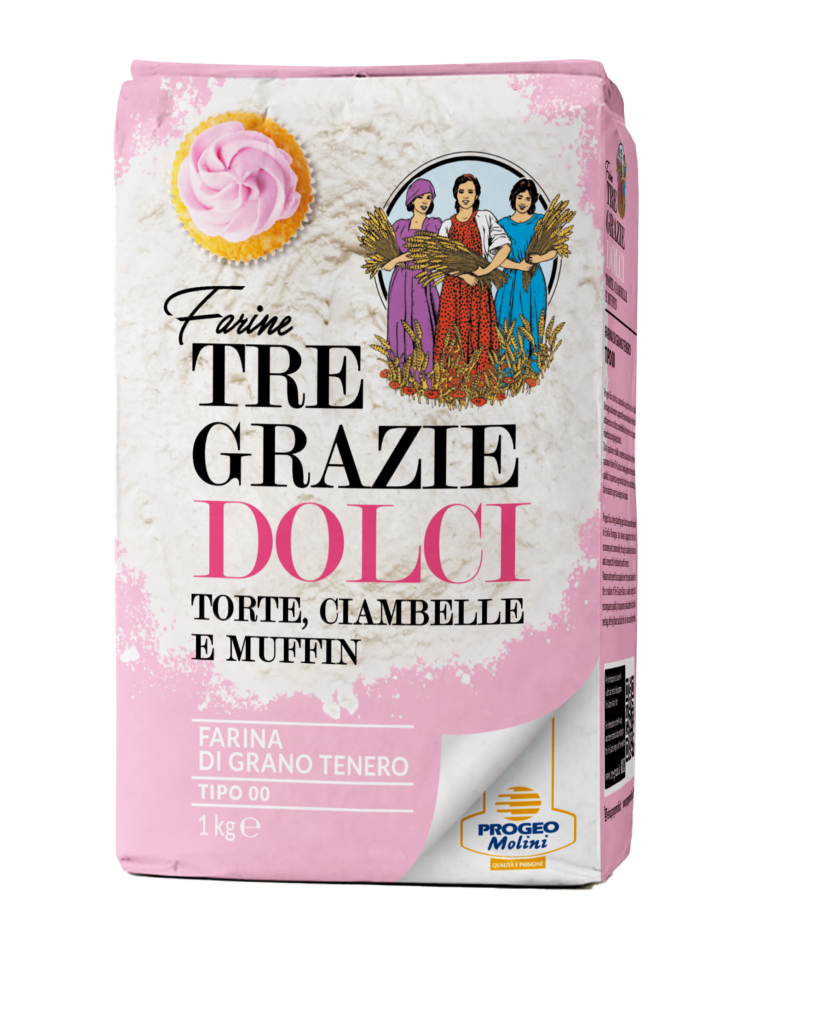
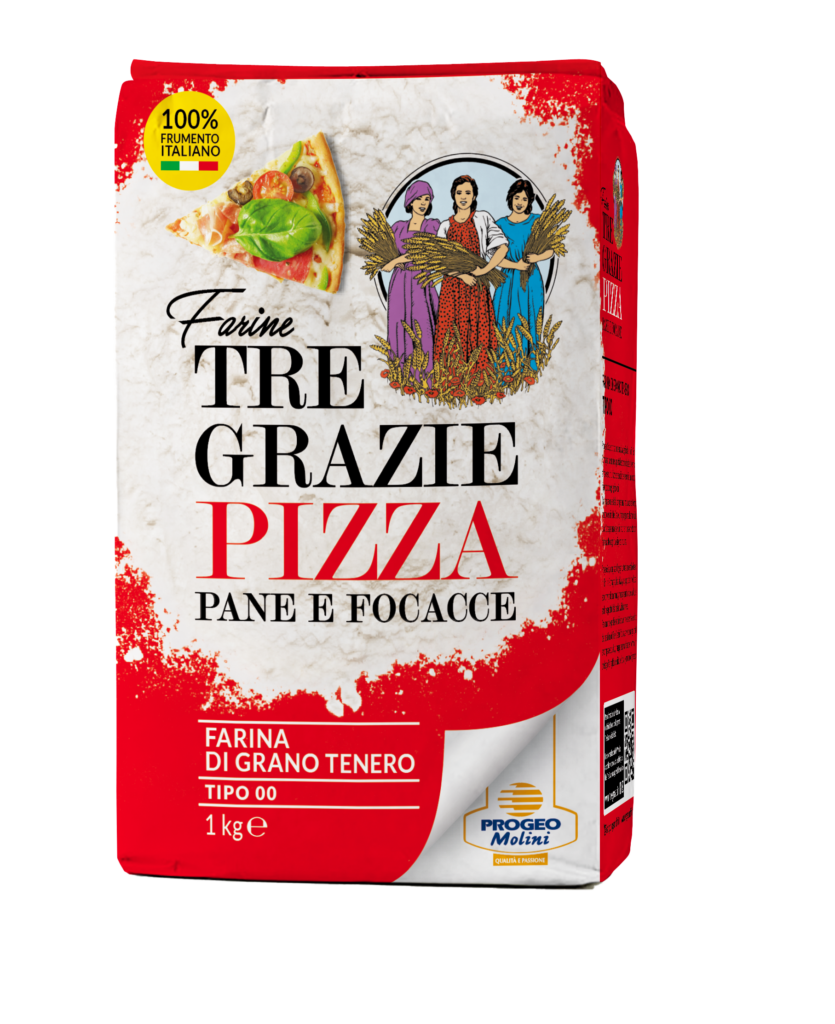
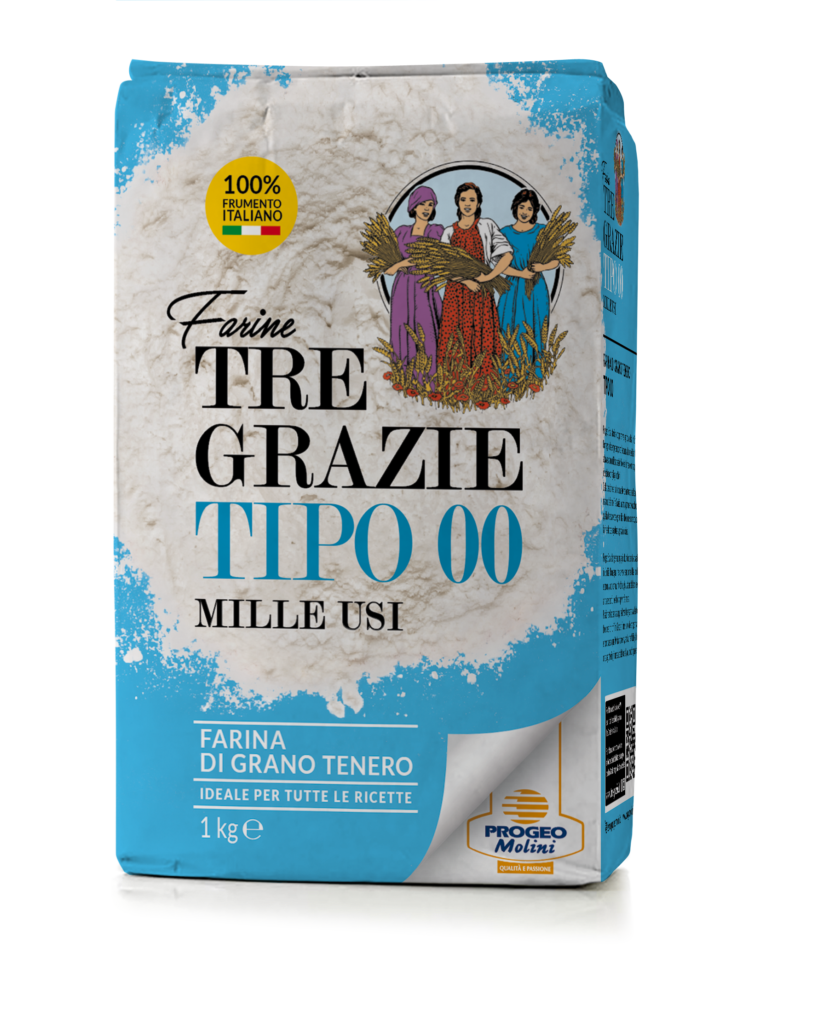
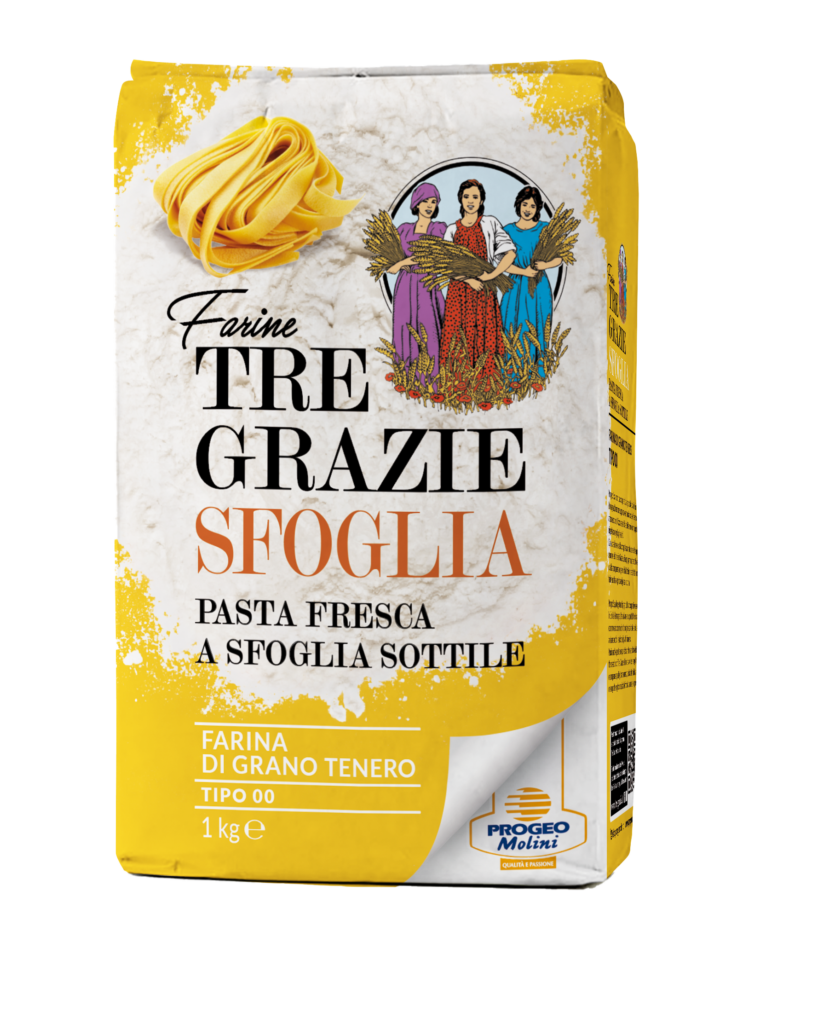
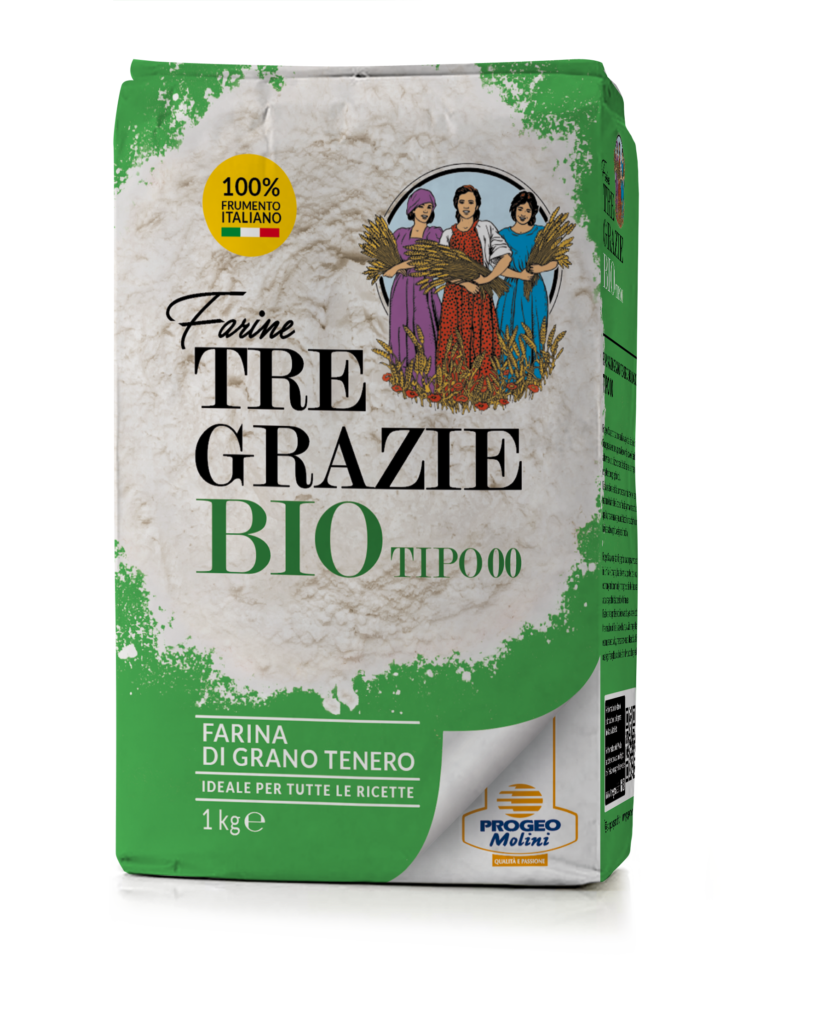


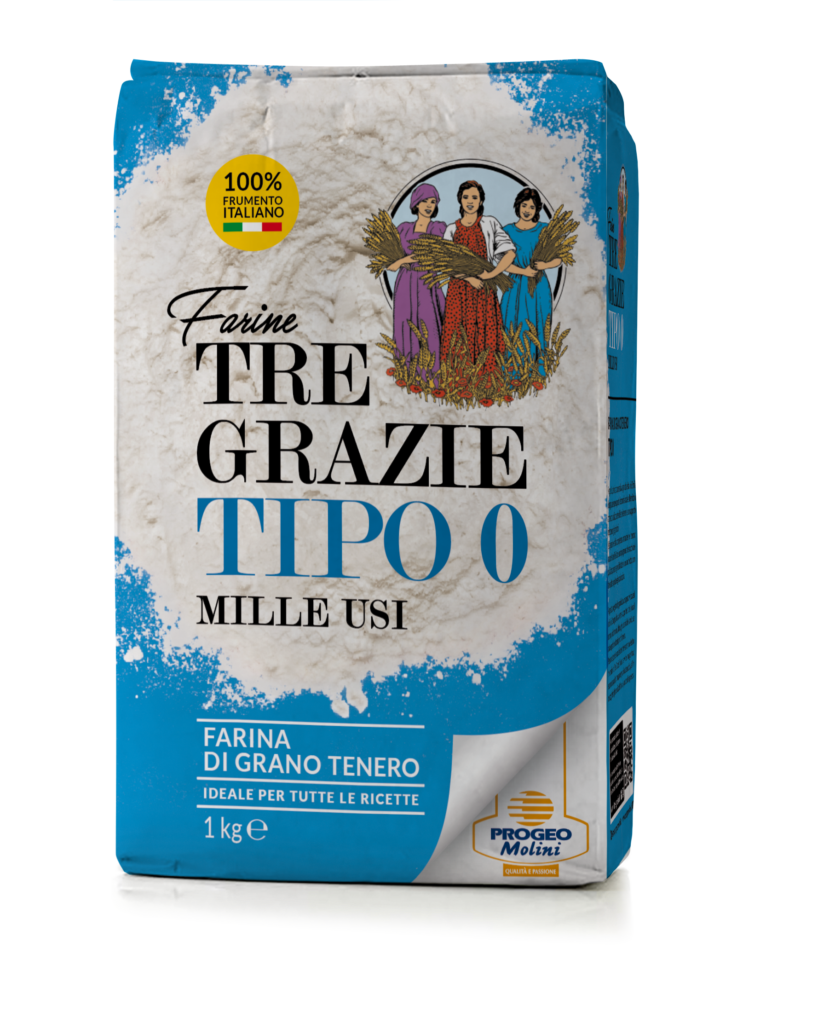

We create flours that keep intact
the authentic flavor of our territories
Because of the deep connection with our farmer members

100% Italian Wheat
Biological
Tre Grazie Organic Flours are obtained by milling the best 100%Italian Organic grains. Progeo Molini has been a leader in the production of Organic flours for many years. Already in 1985 it contributed to the founding of the CCPB (Consortium for the Control of Organic Products), and launched the first line of Organic flours in Italy. These flours were born from the company’s desire to protect the environment and biodiversity. Our organic references include a flour made from stone-ground Ancient Grains.


Specialties
Our Boxes
The Three Graces Boxes were born from the idea of giving consumers a moment for themselves, for the most talented cooks, or an experience to share with loved ones, spending time experimenting and unleashing creativity.
Three types of Box: Pizza, Desserts and Pasta, with a recipe inside to follow and reproduce.
Don’t forget to upload photos and videos of your preparation to social media, mentioning our pages @farina_tregrazie.

School of.
Flour
What is the W?
W is an index expressing "the strength of the flours," obtained by analyzing them with an instrument called the Chopin Alveograph.
The index classifies flour according to the ability of the doughs obtained, to retain the gases of leavening and obtain the classic swellings necessary to shape our bread, cake and focaccia productions; the higher the index the greater the swelling capacity of the flour so that, having to make a panettone, a classic cake that is very swollen during leavening and baking, we will need a flour at the high W value (greater than 300).
Conversely, to make a shortbread that is not at all swollen during rising and baking, you will need a low-W flour (between 140/170)
How are flours classified?
- 130 to 170 W (low strength flours)
Flours with low strength, with a protein content between 9% and 10.5%, which absorb liquids for about 50% of their weight (water/milk/eggs/etc.), are mainly used for products that require short leavening, i.e., less than 30 minutes, and using sachet chemical yeast (also called baking ).
Flours very suitable for cookies, low-fat shortbread, cakes, breadsticks, and small pastries in general. - 180 to 260 W (medium-strength flours)
Medium-strength flours, with a protein content of between 11% and 12%, absorbing liquids for about 55%-65% of their weight (water/milk/eggs/etc.), are mainly used for products that require medium to long leavening, i.e., between 45 and 90 minutes, and using fresh brewer's yeast in loaves or dry yeast in sachets.
Flours very suitable leavened and flaky cakes, for bread baked in the oven or made with bread machines, focaccia, and pan pizza. - 280 to 350 W (strong flours)
Strong flours, with a protein content of more than 12.5% , which absorb liquids for about 65%-75% of their weight (water/milk/eggs/etc.) are mainly used for products that require long leavening, i.e., between 2 and 5 hours, and using brewer's yeast, fresh in buns or dry in sachets, or sourdough. Flours ideal for doughs that require a high amount of added liquids (water/milk/eggs/etc..), and very suitable for breads, buns, long leavening pizzas as well as pastries rich in bagne, butter and margarine, such as babas, brioches, panettone.
What is meant by Type of flour?
The "type" flour is a legal classification that expresses the percentage of "mineral salts (ash)" remaining after 'incinerating 5 grams of flour.
The regulations that currently govern the production of wheat flour in Italy (Law No. 580/67, as amended by Presidential Decree No. 187/2001) distinguish different types of flour, in relation to ash content (mineral substances) and protein content, calculated per hundred parts of dry matter:
- wheat flour type 00: must have a maximum ash content of up to 0.55 and a minimum protein content of 9;
- type 0 wheat flour: must have a maximum ash content of up to 0, 65 and a minimum protein content of 11.00;
- wheat flour type 1: must have a maximum ash content of up to 0, 80 and a minimum protein content of 12.00;
- wheat flour type 2: must have a maximum ash content of up to 0.95 and a minimum protein content of 12.00;
- whole wheat flour: must have a maximum ash content of 1.30 to 1.70 and a minimum protein content of 12.00
What are flour proteins?
The vegetable proteins of wheat, and of cereals in general, are the necessary component for obtaining our confectionery and bakery products. In flours there are prevalence of water-insoluble proteins that , when moistened and kneaded , give rise to the glutinic mesh called "gluten."
Thanks to their presence, kneading the flour with the various liquids in the recipes creates "a complex three-dimensional network structure" that not only retains the gases of leavening and allows the swelling of the productions, but also creates a real scaffolding of our breads, cakes and flatbreads, allowing us to obtain the "shapes" that characterize our productions.
Without them we would have a shapeless mush similar to a polenta spread on the table. In the production of fresh pasta, in combination with water and eggs, they are indispensable to determine the cooking time and subsequent holding and to prevent it from flaking or, in the case of filled pasta, from opening, letting the contents spill out.



